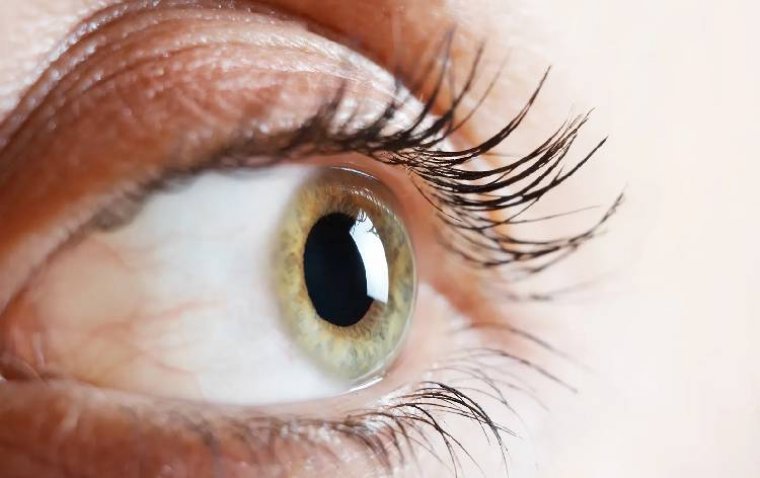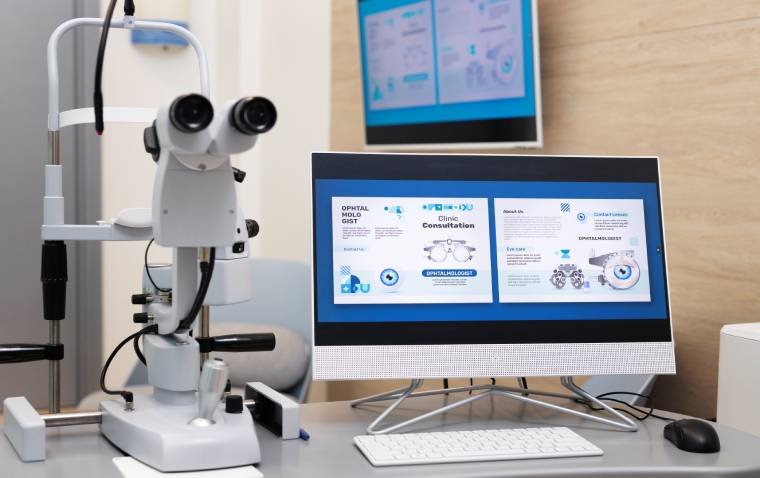
New research from The Jackson Laboratory (JAX) highlights the critical role of genetics in retinal a...
read moreA multicenter study led by researchers from the State Key Laboratory of Ophthalmology in China has i...
read moreHigh-density lipoprotein (HDL) cholesterol, often referred to as "good" cholesterol, may be linked t...
read moreResearchers from the Ocular Oncology Service at the Byers Eye Institute and the Department of Radiat...
read moreResearchers at the University of Toronto have developed a novel drug delivery method that could pote...
read moreA recent study has demonstrated that microscopic eye movements enhance visual acuity rather than imp...
read moreA study has shown that human breast milk (HBM) contains bioactive molecules that may promote corneal...
read moreA new study led by the University of Bristol, published in Molecular Therapy, has revealed that olde...
read moreA recent experimental study in mice has revealed that SARS-CoV-2 infection can damage the retina, po...
read moreA new study by the Center for Eye Research Australia (CERA) has identified a potential link between ...
read more More
More











